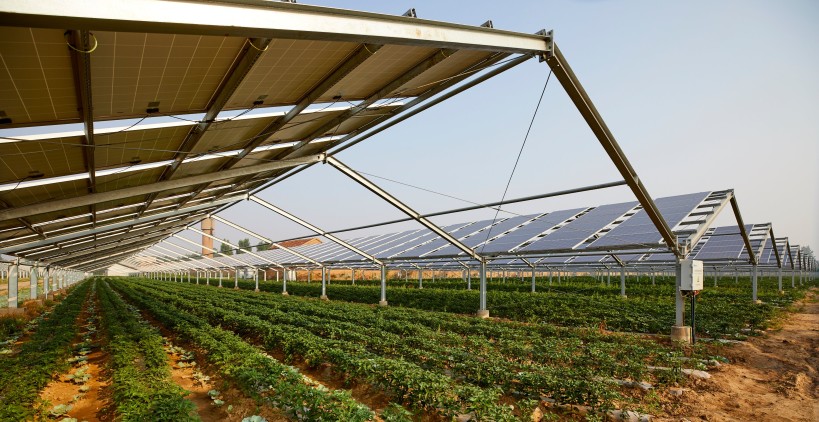Aggravating Environmental Sickness amid Heat Waves

Image credit X.com @westgov
World Witnesses Rising Incidents of Heat Waves Amid Climate Change
By Baijayanti Rout
Bhubaneshwar, October 24: Around the world, hot days are getting more regular and extreme, while cold days are getting less in recurrence. Earth had the hottest day on record for fifteen days straight in April 2024, either outperforming or breaking the past record.
Across the India, day to day record high temperatures have happened two times as frequently as record lows throughout the course of recent years.
In many regions, day to day high and low temperatures will rise by somewhere around 5 degrees Fahrenheit by the middle of the hundred years and by 10 degrees Fahrenheit before the century gets over in the event that ozone depleting substance discharges are not essentially diminished.
At the point when intensity waves are joined with high dampness, they become more hazardous. The intensity list works out the mix of temperature and stickiness. As per a new report, when contrasted with the finish of the twentieth 100 years, the quantity of days broadly with a yearly intensity list over 100 degrees F would fourfold, and the quantity of days with an over 105 degree F heat record.
Outrageous intensity can raise the risk of different disasters. Intensity might increment dry spell, which can prompt rapidly spreading fires. Structures, streets, and foundation retain heat, making temperatures in metropolitan regions be 1 to 7 degrees Fahrenheit higher than in remote areas, a peculiarity known as the metropolitan intensity island impact.
This impact is generally articulated during the day, yet the slow arrival of intensity from foundation (or a barometrical intensity island) short-term might keep urban areas essentially sultrier than encompassing spots.
Increasing temperatures may imperil individuals, biological systems, and the economy. People experience heat pressure when their bodies can’t sufficiently cool themselves.
Perspiring is ordinarily the way that the body cools itself, however under high dampness, sweat vanishing is dialled back, which builds the gamble of intensity stroke. Raised evening temperatures and high mugginess are likely significant supporters of intensity related sicknesses.
Absence of an evening cooling break can be awkward and unfortunate, especially for those without admittance to cooling; a large number of whom are low-pay people. People with constant medical problems, youngsters and infants, older people, and open-air workers are among the populaces who are more helpless to warm pressure.
Expansions in heat-related illnesses, like cardiovascular and respiratory circumstances, are additionally connected to hot days. Outrageous intensity likewise affects the nature of the air. Warm and brilliant days can cause more ground-level ozone to be delivered, which is a hazardous poison that is the essential driver of exhaust cloud and can irritate asthma victims’ respiratory frameworks.
Besides, utilizing cooling all the more habitually utilizes more power, which could create extra poisons including particles that influence air quality, contingent upon the wellspring of the power. Individuals might be earnestly at risk from these expansions in ozone and molecule matter, particularly the very weak populaces that are now adversely hurt by heat.
Horticultural practices might experience the ill effects of high temperatures. High daytime temperatures are inconvenient to establish development, while specific harvests need cold evening temperatures. Heat waves can raise the gamble of intensity stress in steers, especially around evening time when high temperatures endure and creatures can’t chill off.
Diminished origination rates, more slow turn of events, and diminished milk yield are potential results for calves under heat pressure.
Heat waves can possibly demolish fierce blazes and dry seasons, which could antagonistically affect the agribusiness business. For example, dairy cattle ranchers in North Dakota had to sell their animals since there was insufficient feed for the colder time of year during the 2021 dry spell in the West. Californian fierce blazes have annihilated agrarian property and are driving up insurance payments for grape plantations and homesteads.
Expanded temperatures affect the age, transmission, and request of energy in the US. Higher summer temperatures raise the requirement for cooling power, yet they can likewise decrease the limit of transmission lines to convey power, which could bring about issues with electrical reliability like planned power outages during heat waves.
While the prerequisite for warming would diminish because of milder winters, generally speaking energy utilization in the US is supposed to rise. Additionally, waterways and lakes lose a portion of their capacity to ingest squander heat from power plants as they get hotter.
This might bring about plant closures and a lessening in the warm effectiveness of force age, which makes it harder for power plants to fulfil natural guidelines with respect to the temperature of their cooling water.
An intensity vault welcomed on by high strain can likewise heighten a heatwave. At the point when a high strain framework waits over a district for a few days, catching very warm air under it, an intensity vault is shaped.
The vault forestalls precipitation by catching air that would somehow rise, cool, and afterward flow back to the surface, causing a consistent development of intensity.
As per studies, the utilization of concrete and the substitution of normal surfaces like grass are the primary drivers of the metropolitan intensity island impact. Since regular surfaces reflect more sun based radiation back into space than fake ones do, they have a higher surface albedo than counterfeit materials, which brings down how much intensity felt near the World’s surface. Furthermore, vegetation discharges water fume, which helps with cooling.
Then again, surfaces made by people, similar to concrete, are made out of non-intelligent and water-safe materials that improve the retention of sunlight-based energy.
As per concentrates on environment attribution, an unnatural weather change improved the probability of the May 2022 heat waves in India and Pakistan by multiple times, while it improved the probability of the 2019 heat wave in Europe by multiple times in France and the Netherlands.
Specialists from the Cambridge University said that intensity waves had previously impacted the country; causing blackouts, more residue and air contamination, and a speed increase of icy mass soften in northern India. Heat waves are anticipated to develop more successive, strong, and lethal, with deteriorating impacts due to the environmental degradation or sickness.
Join WhatsApp channel of The Raisina Hills







